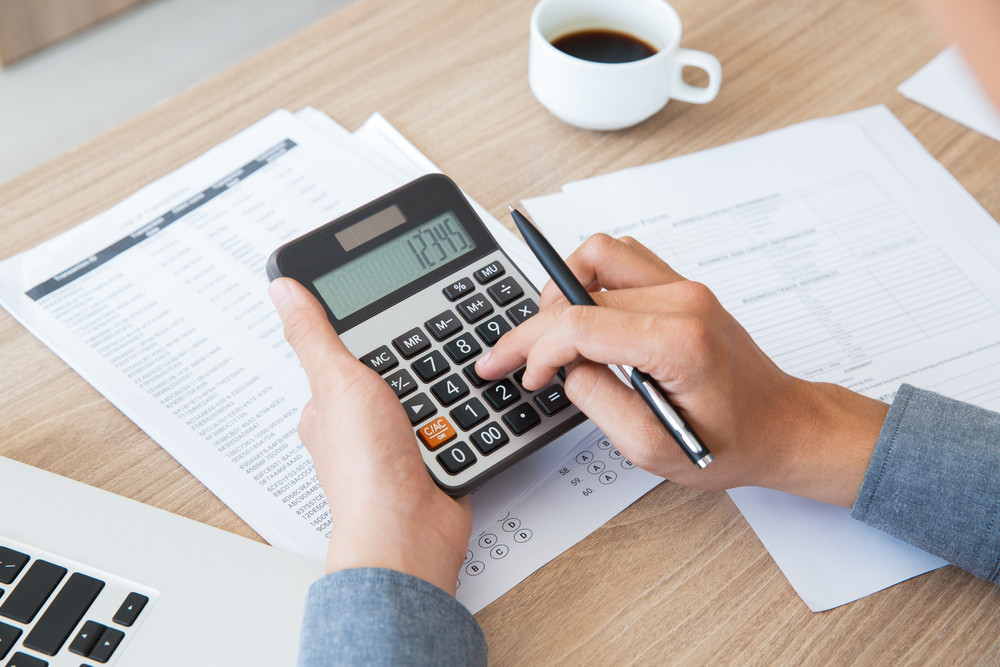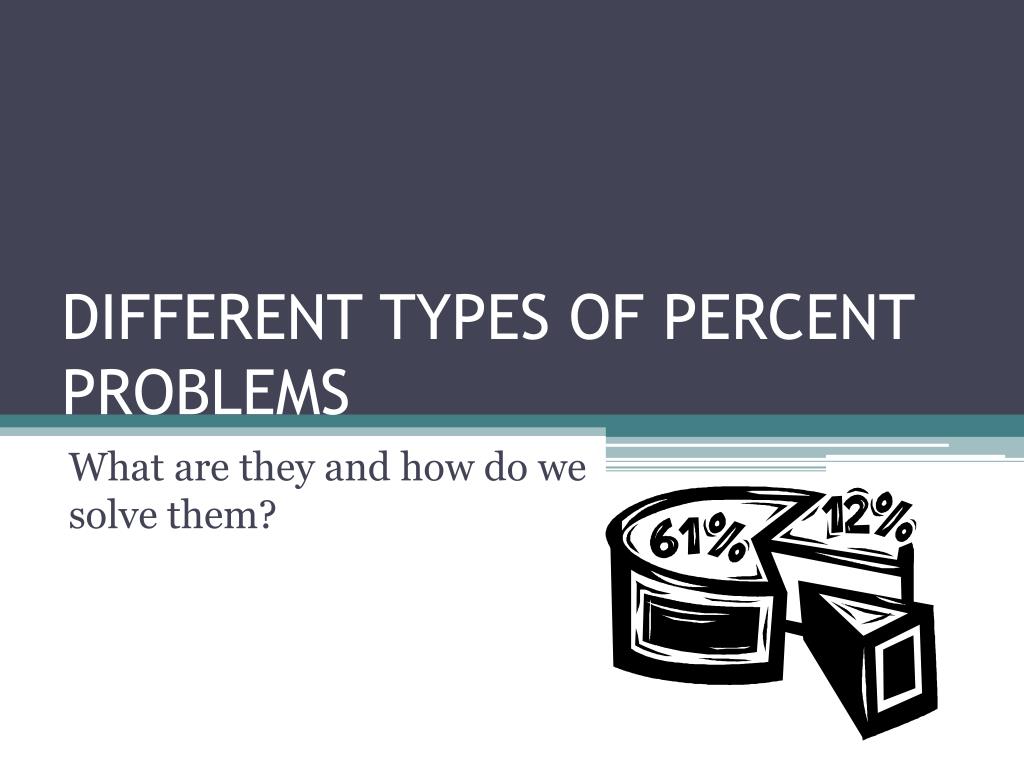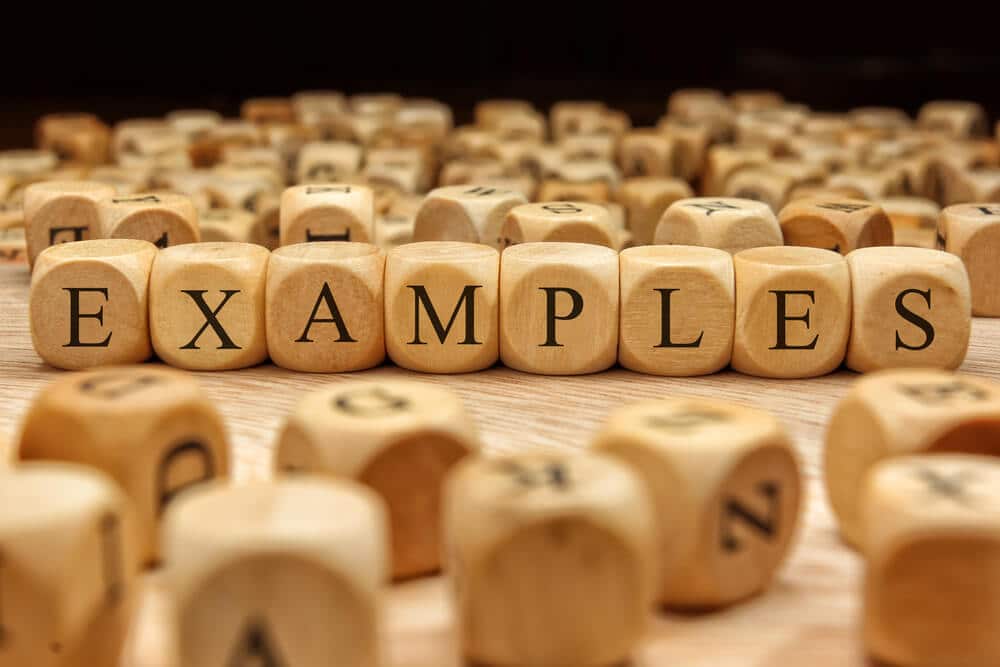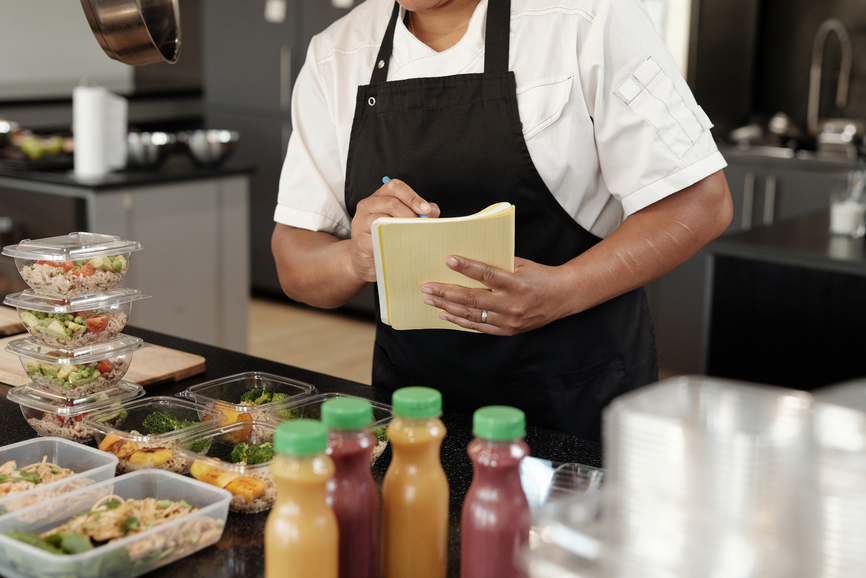How To Calculate Percentage - A Step-by-Step Guide For All Levels
Master "How to Calculate Percentage" like a pro! Learn formulas, solve problems, & boost your math skills with our clear & concise guide.
Author:Gordon DickersonReviewer:Frazer PughJan 25, 20242.1K Shares64.3K Views
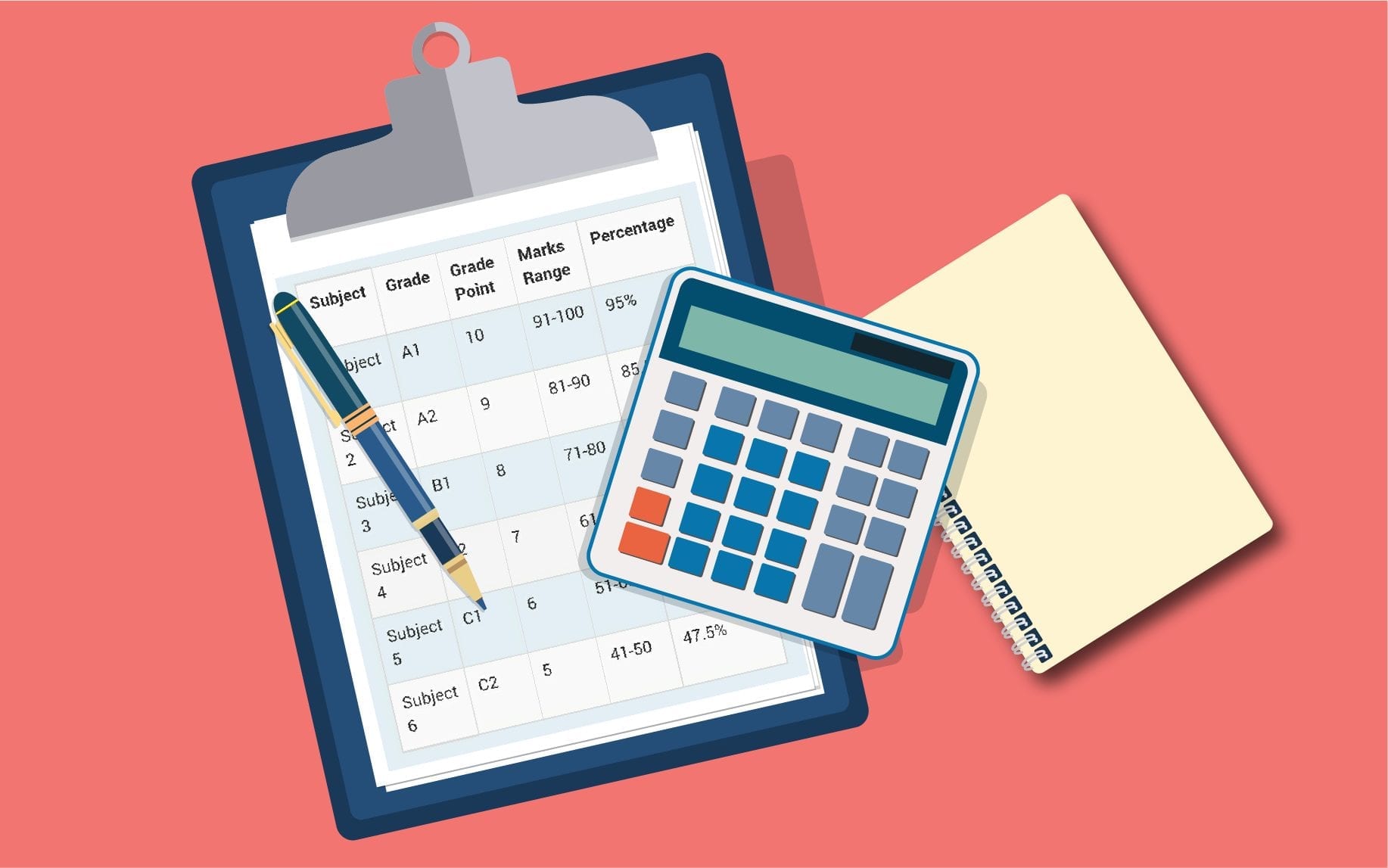
Understanding percentages is crucial in various aspects of our daily existence! Whether you're dealing with your car loan installments or negotiating a salary boost, this guide will provide examples demonstrating how to calculate percentagedifferences, increases, and decreases.
The computation of percentages is a straightforward mathematical procedure that holds significance in both personal and professionalspheres. At times, when you encounter situations requiring the determination of a ratio or the proportion of one quantity relative to another, expressing it as a percentage becomes necessary.
Percentage
The term "percentage" originates from the Latin word "per centum," signifying "by the hundred." Percentages are essentially fractions with 100 as the denominator. In simpler terms, it represents the relationship between a part and a whole, where the value of the "whole" is consistently regarded as 100.
For instance, if a student scores 15 out of 50 in a math exam, the corresponding percentage can be determined by expressing the "marks obtained" as a fraction of the "total marks" and then multiplying the result by 100. In this case, the percentage of marks would be calculated as 15 / 50 × 100 = 30%.
Determining a percentageinvolves identifying the portion of a whole in relation to 100. This calculation can be done either manually or with the assistance of online calculators. Explore further insights into percentages and the process of converting them into fractions and decimals.
Definition Of A Percentage
A percentage is a fraction or ratio where the value of the whole (denominator) is consistently set at 100. For instance, if Sam achieved a score of 30% in his math test, it implies that he obtained 30 marks out of 100. This can be represented as 30/100 in fraction form or 30:100 as a ratio. The "%" symbol denotes a percentage and is pronounced as "percent" or "percentage." The percent symbol can always be substituted with "divided by 100" to convert it into an equivalent fraction or decimal.
Examples Of Percentage
- 10% = 10/100 (equivalent to 1/10 or 0.1)
- 25% = 25/100 (equivalent to 1/4 or 0.25)
- 12.5% = 12.5/100 (equivalent to 1/8 or 0.125)
- 50% = 50/100 (equivalent to 1/2 or 0.5)
How To Calculate Percentage
Here are three steps for calculating a percentage using the formula:
Percentage = (Value / Total value) × 100
Identify The Initial Number's Format
The number earmarked for percentage conversion may exist in either decimal or fraction format. For instance, a decimal number could be 0.57, while a fraction might be 3/20. The initial format of the number dictates the subsequent mathematical steps.
- A decimal format- 0.57
- A fraction format- 3/20
Convert The Number To A Decimal (if Necessary)
If the number intended for percentage conversion is already a decimal, like 0.57, no additional action is required before proceeding to the next step. However, if it's in fraction form, such as 3/20, you should first divide the numerator (the top number, 3) by the denominator (the bottom number, 20) to obtain the decimal. For example, in the case of 3/20: 3/20 = 0.15
Multiply The Decimal Value By 100
Multiply the decimal value by 100 when converting a decimal number, such as 0.57, to a percentage. For instance:
- 0.57 x 100 = 57%
- 0.03 x 100 = 3%
In the case of a fraction, first determine the decimal equivalent, then multiply the decimal by 100:
For example, with 3/20: 3/20 = 0.15 x 100 = 15%
Varieties Of Percentage Problems
In personal or professional scenarios, you may encounter three typical types of percentage problems. These involve determining the final number, determining the percentage, and determining the initial number. All three can be resolved by computing the missing component of the percentage formula: Percentage = (Value / Total value) × 100.
Determining The Ending Number
| Question: | What constitutes 50% of 25? |
| Solution: | Multiply the percentage by the total value. |
| Equation: | 0.50 x 25 = 12.5. |
Determining The Percentage
| Question: | What percentage of 5 is 2? |
| Solution: | Divide the value 2 by the total 5 and then multiply by 100. |
| Equation: | (2/5) x 100 = 40% |
Determining The Initial Number
| Question: | "What is 45% of some number, resulting in 2?" |
| Solution: | Divide the final number 2 by the percentage 45%. |
| Equation: | 2 / 0.45 = 4.4 |
Examples Of Percentage Calculations
Here are a few instances of calculating percentages in specific situations:
Determining The Initial Price
The cost of a laptop was discounted by 30% to $120. What was the original price?
Identify the percentage of the original or actual value, which is $120 in this case. Multiply the final figure by 100: $120 x 100 = $12,000. Divide the product of the multiplication by the percentage: $12,000 divided by 30% = $400. Hence, $120 represents 30% of $400. Consequently, the original figure was $400. To verify your answer, divide $400 by 100. One hundred represents 10% of the total. $40 x 3 = $120.
Determining The Discounted Price
Calculate the sale price when a 20% discount is applied to the marked price of $30.
Convert the percentage into a decimal: 20 divided by 100 = 0.20 Multiply the decimal by the original price to obtain the discount amount: 0.20 x $30 = $6 The $30 price is reduced by $6, resulting in a total of $24.
Determining The Updated Price
Two years ago, a football ticket cost $20. This year, it has increased by 60%. What is the price of this year's ticket?
Divide the percentage increase by 100 to obtain its decimal equivalent: 60% divided by 100 = 0.6 Subsequently, multiply the decimal by the original price: 0.6 x $20 = $12 Add the cost of the original ticket to the increased amount to determine the new ticket price: $20 + $12 = $32 Therefore, the new ticket costs $32.
Percentage Discrepancy
Percentages can also be employed to compare two interconnected items. For instance, you might wish to ascertain the difference in cost between a product last year and a similar product in the current year. This calculation yields the percentage difference between the prices of the two products. The formula utilized for calculating percentage difference is:
Percentage difference = |V1 - V2| / [(V1 + V2) / 2] × 100
Where:
- V1 represents the cost of one product.
- V2 represents the cost of the other product.
Example Of Percentage Difference
Last year, a kitchen skillet was priced at $25, and a competitor’s skillet now costs $30. To determine the percentage difference, subtract the costs: 30 - 25 = 5. Then, calculate the average of these two costs (25 + 30 divided by 2 = 27.5). Divide 5 by 27.5, resulting in 0.18, and then multiply 0.18 by 100 to get 18. This indicates that the cost of the competitor’s skillet this year is 18% higher than the cost of your skillet last year.
Calculation Steps:
- 1st step- 30 - 25 = 5
- 2nd step- 25 + 30 = 55 / 2 = 27.5
- 3rd step- 5 / 27.5 = 0.18
- Last step- 0.18 x 100 = 18%
Percentage Variation
A percentage change is a numerical measure indicating the extent of change over a period. It is commonly utilized in finance to assess the alteration in the price of a security across time. The formula for calculating a percentage change is as follows:
Percentage increase = [(New Price - Old Price) / Old Price] x 100
Percentage decrease = [(Old Price - New Price) / Old Price] x 100
Example Of A Percentage Increase
Last year, a TV was priced at $100, and now it costs $125. To ascertain the price increase, subtract the old price from the new price: 125 - 100 = 25. Then, divide this by the old price: 25 divided by 100 = 0.25. Multiply this result by 100: 0.25 x 100 = 25, or 25%. Hence, the TV price has risen by 25% over the past year.
Calculation Steps:
- 1st step- 125 - 100 = 25
- 2nd step- 25 / 100 = 0.25
- 0.25 x 100 = 25%
Example Of A Percentage Decrease
Last year, a TV was priced at $100, but now it is available for only $75. To ascertain the price decrease, subtract the new price from the old price: 100 - 75 = 25. Then, divide this number by the old price: 25 divided by 100 = 0.25. Multiply this result by 100: 0.25 x 100 = 25, or 25%. This indicates that the TV now costs 25% less than it did the year before.
Calculation Steps:
- 1st step- 100 - 75 = 25
- 2nd step- 25 / 100 = 0.25
- 0.25 x 100 = 25%
Percentage Calculation In Cooking
In the kitchen, percentages become powerful tools for both adapting recipes and understanding the nutritional value of your meals. Here's how:
Scaling Recipes
- Finding the Scaling Factor -First, determine the ratio between the desired yield and the original recipe's yield. For example, if you want to double a recipe that serves 4, your scaling factor is 2.
- Scaling Percentages -Each ingredient's quantity becomes a percentage of the "100%" ingredient, typically the main one (e.g., flour in a cake recipe). Simply multiply these percentages by the scaling factor to get the adjusted amounts.
- Scaling Considerations -Pay attention to dry vs. wet ingredients. Liquids may not need exact scaling, while dry ingredients like flour can affect texture significantly if not adjusted precisely.
Calculating Nutrient Values
- Recipe Analysis -Find the nutrient information per serving for each ingredient in the recipe. Many online resources and cookbooks provide this data.
- Weighted Average -Multiply each ingredient's nutrient value by its scaled percentage and weight. Then, sum these values across all ingredients to get the total nutrient content for your scaled recipe.
- Serving Size -Divide the total nutrient values by the number of servings in your scaled recipe to get the nutrient information per serving.
Tips And Tricks
- Use online tools or recipe scaling calculators for convenience.
- Round ingredient quantities thoughtfully, considering measurement limitations.
- Be mindful of recipe adjustments that may affect final texture or flavor.
- Use precise measurements for dry ingredients, especially when baking.
Benefits Of Using Percentages
- Flexibility -Easily adjust recipes for different serving sizes or dietary needs.
- Nutritional Awareness -Understand the calorie and macronutrient content of your meals.
- Informed Choices -Make healthier decisions by tailoring recipes to your dietary goals.
By mastering percentage calculations in the kitchen, you gain control over your culinary creations and enhance your overall cooking experience. So, grab your calculator and start exploring the possibilities!
Percentage Power In Shopping
Shopping can be a battlefield of percentages, but with the right knowledge, you can become a savvy conqueror! Here's how to wield the weapon of percentage calculation to maximize your shopping victories:
Discounts
- Finding Savings -Convert the discount percentage into a decimal (divide by 100). Multiply this decimal by the original price to find the amount saved.
- Comparing Deals -Use percentages to compare sales on similar items. The highest percentage discount isn't always the best deal, considering the original price.
- Negotiating Power -Knowing the market average for discounts on specific items gives you leverage for bargaining.
Taxes
- Calculating Costs -Multiply the tax percentage by the item's price to find the tax amount. Add this to the original price for the final cost.
- Exempt Purchases -Understand which items are exempt from certain taxes to maximize savings.
- Budgeting Wisely -Factor in expected taxes when planning your budget to avoid surprises at checkout.
Interest Rates
- Financing Decisions -Compare interest rates offered by different lenders for loans or credit cards. Choose the one with the lowest rate to minimize costs.
- Calculating Payments -Use online calculators or formulas to estimate your monthly or annual payments based on the loan amount, interest rate, and repayment term.
- Understanding Compound Interest -Be aware of the snowball effect of compound interest on long-term debts and plan accordingly.
Comparing Deals
- Percentage Savings -Calculate the percentage difference between two similar items' prices to determine the most cost-effective option.
- Unit Price Analysis -Divide the price by the quantity or unit size to compare true values, especially for bulk purchases.
- Consider Quality -Don't solely rely on percentages; factor in quality, brand reputation, and other factors when comparing deals.
Frequently Asked Questions - How To Calculate Percentage
Why Is The Calculation Of Percentages Valuable In Financial Analysis And Budgeting?
The computation of percentages in financial analysis and budgeting is beneficial for monitoring and scrutinizing expenses, income, and financial ratios. By employing percentages, one can make comparisons between various categories, pinpoint potential cost-saving avenues, and assess the financial well-being and performance of an organization.
What Are Some Uses Of Percentages In Sales And Marketing?
Within sales and marketing, percentages can be employed to gauge sales expansion, market share, conversion rates, and return on investment. They play a crucial role in evaluating overall sales performance, recognizing trends, and appraising the effectiveness of marketing campaigns. This analysis provides valuable insights for future decision-making and the development of strategic initiatives.
How Do Percentages Contribute To The Analysis Of Statistical Data And Research Findings?
Utilizing percentages in your statistical data analysis and research enhances your ability to articulate and interpret specific figures with precision. They serve to summarize survey outcomes, convey probabilities and frequencies, standardize data for comparative purposes, and compute correlation coefficients that elucidate the relationships between variables. This approach fosters clarity, aids in drawing conclusions, and substantiates evidence-based decision-making.
Conclusion
In conclusion, mastering how to calculate percentages is an indispensable skill with broad applications in various aspects of life, from financial analysis and budgeting to sales and marketing. The ability to accurately compute percentages empowers individuals and organizations to make informed decisions, analyze data effectively, and evaluate performance. As a fundamental tool, understanding how to calculate percentages lays the foundation for sound decision-making and strategic planning across diverse fields.
Jump to

Gordon Dickerson
Author

Frazer Pugh
Reviewer
Latest Articles
Popular Articles
